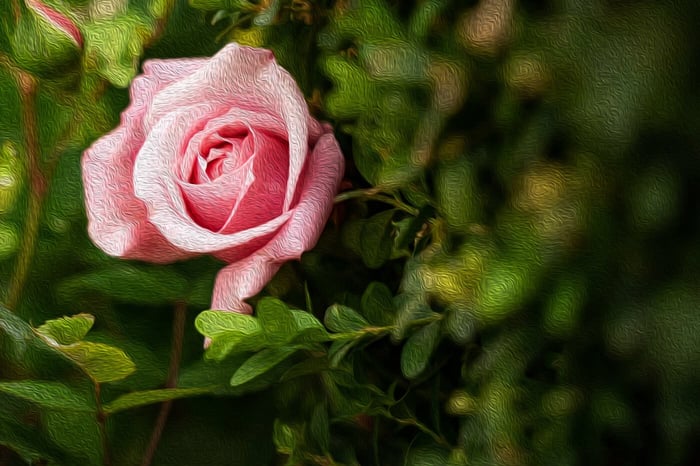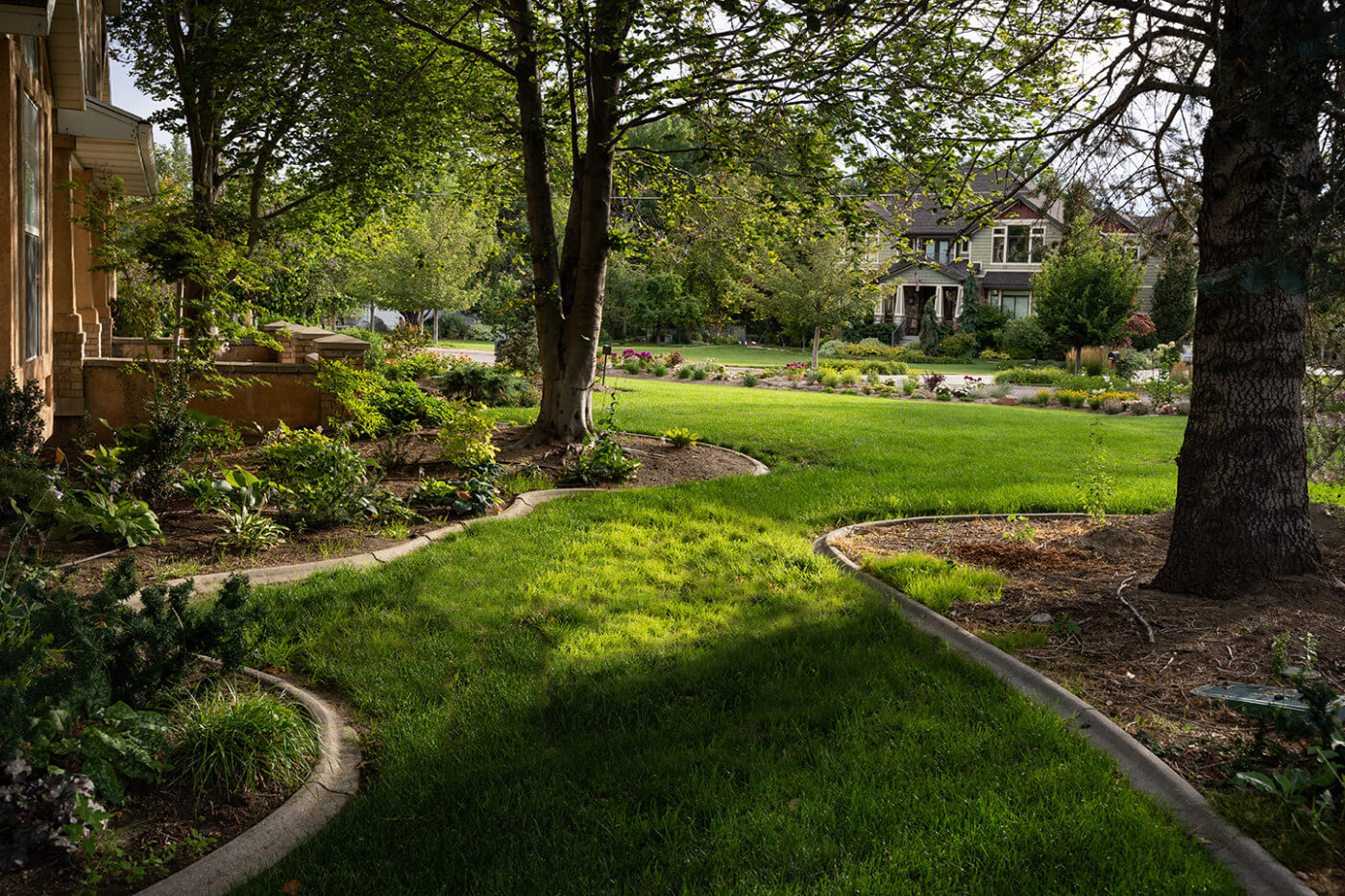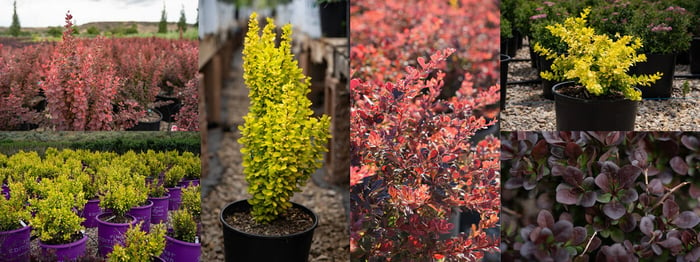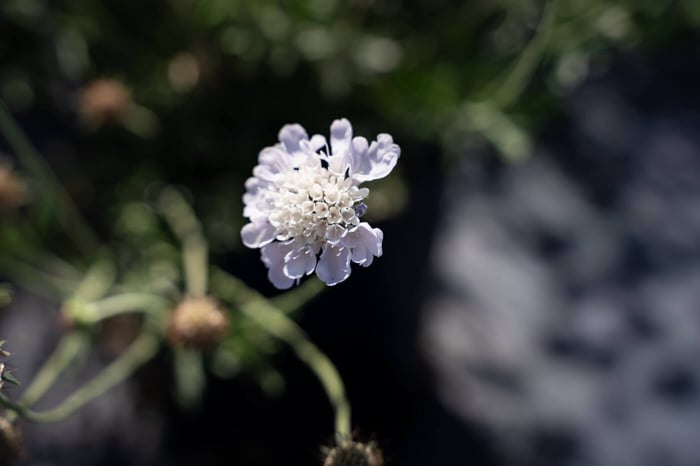Is gardening a form of art therapy?
According to the American Art Therapy Association, Art therapy is a distinct mental health and human services profession where trained therapists use various forms of art and creative expression to improve the lives of individuals, families and communities. It’s a psychotherapeutic experience where the arts are used to improve cognitive and sensorimotor functions, foster self-esteem and self-awareness, cultivate emotional resilience, promote insight, and improve social skills. It's an incredibly powerful discipline, to say the least.
Although gardening is good for our heart, mind, body, and spirit, we mere gardeners probably shouldn't claim the same level of therapeutic benefit from our own gardening experiences as those we might gain from art therapy. After all, we don't garden under the guidance of a trained therapist. Perhaps we should.
Gardening can be very frustrating. Creating art with the medium of living plant material is rife with challenges. Not the least of which is the struggle of keeping our 'canvas' alive! Some people may feel like that challenge alone is enough to drive a person into therapy. Even so, almost anyone who has grown a garden can attest to the benefits that come with it.
Rosa 'Belinda's Dream' Fragrant Pink Shrub Roses
Although gardening doesn’t exactly fall under the literal umbrella of art therapy, we CAN say that gardening is art, and it IS therapeutic—even with its frustrations. After all, every form of art takes years of work and effort. You’ll never meet a skilled artist, sculptor, musician, or dancer who isn’t intimately familiar with frustration.
Dealing with frustration is part of the therapy—learning to cope. Nurturing living things has a way of testing, trying, and strengthening us like no other activity can. Yet, plants bring a unique energy with them that enlivens and invigorates our spirit. The energy of life is real and tangible. We're drawn to the power and beauty of living things. That may explain why, historically, art has attempted to mimic the beauty of nature.
For ages, artists have tried to replicate nature through photo-realistic paintings, detailed sculptures, or even loose patches of color carefully placed to create contrast, composition, or visual interest. The same natural elements artists strive to mimic in their work such as, light, shadow, texture, color, shape, form, and contrast, will make your own landscape pop.
This famous painting, Water Lilies and Japanese Bridge, by Claude Monet, is a prime example of art imitating the beauty of nature. This image is especially unique because the garden depicted here, Giverny Gardens, was Monet's own creation, and he was known to say that the garden itself was his greatest work of art. (Image courtesy of www.claude-monet.com.)
Art is essential in each of our lives because it circumvents the limitations of language. Through music, sculpture, dance, painting, and other art media, we can express thoughts, feelings, and ideas that are beyond words. We’re sure you’ve had moments when you were overcome with emotion simply by experiencing art—whether it was an especially moving piece of music, a lyrical dance, or even a thought-provoking painting.
Echinacea, or coneflowers, come in a wide variety of colors and add a special, effortless grace to your landscape. They grow naturally in our region and require very little water to thrive.
Gardens can have a similar effect on our emotions, and even our health. Being among nature can help foster self-awareness, slow the heart rate, and soothe the mind for increased insight, focus, and resilience. Gardening offers opportunities for physical exercise and therapeutic movement. And you can’t overlook the gratification you feel when you’ve spent some time digging and rearranging things in your garden. That initial change is almost immediate and extremely satisfying, but that’s just the beginning! Gardening gives you an opportunity to watch Mother Nature work her magic, making your initial efforts even more beautiful over time!
The 'Daub's Frosted' Chinese Juniper stands out beautifully against the Toscana Red Barberry. It's even more spectacular in the spring and fall when this barberry is bright red-orange. The contrast of light, shadow, and color that this combination creates will draw your eye from across the yard and hold your interest.
Because you are creating art with living things that are constantly changing, your masterpiece is never finished. It’s always a work in progress—changing with the seasons until it becomes something beyond what you ever imagined. That also means that, over time, you'll find yourself replacing plants with other plant material for a myriad of reasons. A plant may die, become diseased, overgrown, or it simply may overstay its welcome and be pushed out by a bold, new contender. That means that you may always be waiting for your garden to reach it's peak performance. But waiting is a powerfully healthy exercise.
Utah's climate supports a wide variety of plant life that will turn your yard into an outdoor paradise. However, where you live along the Wasatch Front will determine which plants will do best in your yard. If you have questions about what will work best for you, just reach out to us here on our website, or you can connect with one of our designers. They're some of the best in the state.
In a world filled with microwave ovens, drive-through diners, and instant answers from Siri or Alexa, it’s healthy to take part in activities that require some effort and patience. Delayed gratification has its own rewards! And yet, you don’t need to wait for the finished product to enjoy your garden. Plants are beautiful in every stage of their development, so you can enjoy both instant and lasting beauty in your outdoor getaway!
A variety of foliage textures creates visual interest in a garden. Notice the layers designed into this bed with the varying shapes, colors, and sizes of the leaves that move your eye from the foreground to the background where your vision finally rests on the Golden Tower Elderberry in the back of the bed.
Because we’re living in a time of overwhelming frustrations and anxiety, we urge you to plant a garden. Create a place where you can find healing and peace among nature—a quiet place where you can ponder, reset, and rejuvenate. Then, invite your family and friends over so they can recharge too. We need to come together. We need to return to the basics. We need the healing that comes from communing with nature, handling soil, and making things grow. And we also need the strength that comes when we share that space with others. Time away from the distractions of life will bring rest to our souls. We urge you to make that rest a priority in your life. It may be exactly the therapy you're looking for.











